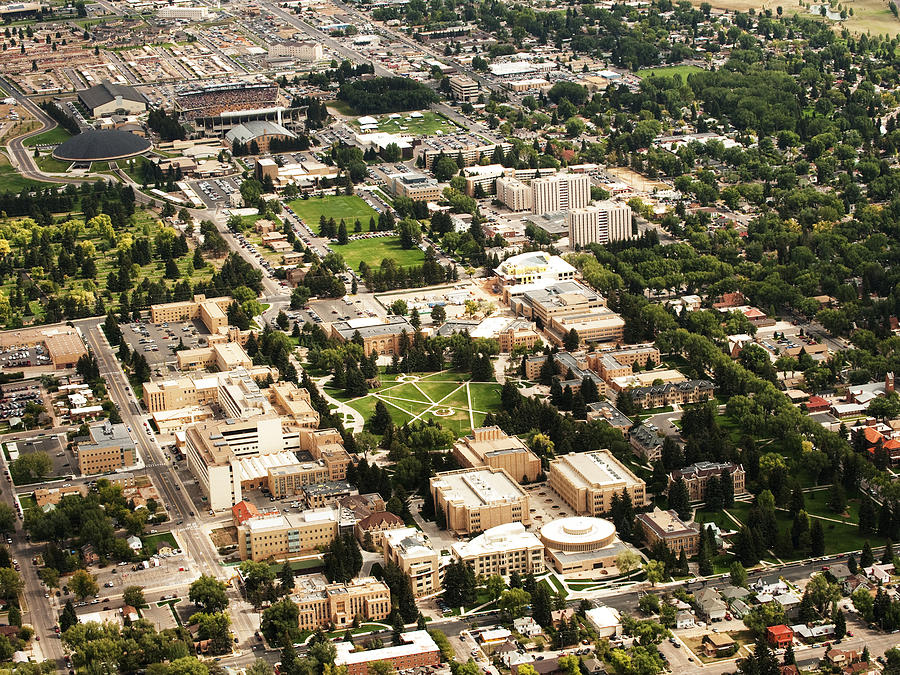The following is a release from the Bridger-Teton National Forest –
Afton, Wyo., June 21, 2021—As soon as the snow melts and surfaces begin to dry out, the Bridger-Teton National Forest begins grading several roads on National Forest System lands in Lincoln, Sublette and Teton Counties. One of the larger projects that will occur this summer, is the grading and resurfacing of the Greys River Road near Alpine, Wyoming. “Road crews are coordinating maintenance and grading activities to coincide with the delivery of additional gravel that will significantly improve the surfacing of the road in its lower reaches,” said Greys River District Ranger Justin Laycock.
The Bridger-Teton National Forest is repairing Forest Roads in Sublette County this week. Scheduling roadwork is a flexible business. “It is weather dependent, and we go where the action is,” said Forest Engineer Mike Oltman. “Each year looks different and this year the snow melted off of Jackson pretty quickly and we have already done maintenance on Fall Creek Road and Cache Creek in Teton County this spring,” Oltman said. Setting the schedule annually isn’t only based on weather. “A lot of our road maintenance scheduling is emergency dependent too, and if we have a slump, a slide, or a washout where the road is falling away, we try to move our crews there to address the situation,” Oltman continued. “We always mobilize to try to keep access open,” the Engineer remarked.
Road maintenance has many components that are considered by the road crew before work begins in a given area. “You want moisture in the road –you don’t want it bone dry – but it’s a balance, as we don’t go where a road has been doused with rain and it is nothing but mud. We need a good window without pouring rain, and so weekly we look at the forecast and latest conditions and we have learned we just have to be flexible,” Oltman explained.
With road maintenance comes temporary access restrictions. “Whenever we do road work on the Forest, we anticipate one-lane closures and delays. We do everything we can to prevent closing a road for maintenance,” Oltman said. “We are also thoughtful when it comes to scheduling road maintenance projects too. We intentionally make every effort to not schedule road work during holidays and weekends in order to keep roads open and delay-free for the public,” said Oltman. “Road maintenance is an important priority on the Forest, and while it is a temporary inconvenience to forest users, we believe that the long- term benefits of the road improvements will far outweigh the short term inconvenience,” Laycock added.
Forest visitors should remain alert while driving Forest roads, look for road construction signs, drive slowly and give road equipment a wide berth. Be prepared to adjust travel plans based on actual conditions. The dates for the scheduled road work across the Forest are shared with District offices and are approximate, as they may shift based on weather conditions. As always, please drive at a speed that’s appropriate for conditions on any given day.
There are many miles of road on the Bridger-Teton and every mile isn’t maintained every year. “We target 300-miles of road maintenance every year – and that doesn’t just mean fixing ruts and potholes,” Oltman said. “Road maintenance consists of a whole suite of activities including everything from blading, to culvert cleaning, adding gravel, sidearm mowing, culvert replacement and ditch reconstruction, so you can’t measure it by trying to say all that needs to be done is scraping 300-miles each year of the 2000-miles of road on the entire Forest,” continued Oltman. Many of the higher use roads on the Forest are regraded in a season, and some road work activities go as far as doing heavy maintenance or something that boarders reconstruction. “We perform maintenance on the highest priority roads first based upon use, potential environmental impacts and support of forest management objectives. At least some maintenance is required annually on the highest-use roads to prevent conditions from degrading and to protect water and soil resources. In practice, the Forest plans on roads being maintained in one of the maintenance activities described, not just blading, on a 3-5 year cycle.
“We will be grading the Greys River Road a week or so before we apply the new gravel,” said District Ranger Justin Laycock. The $400,000 in gravel and resurfacing material is expected to improve 20-miles of the native-surface Greys River Road. “As soon as we can obtain a firm commitment on the approximate dates of gravel delivery, we can estimate and publicize the road work schedule.” Laycock said. For additional information on road maintenance on the Forest, please contact Mike Oltman at Michael.oltman@usda.gov






